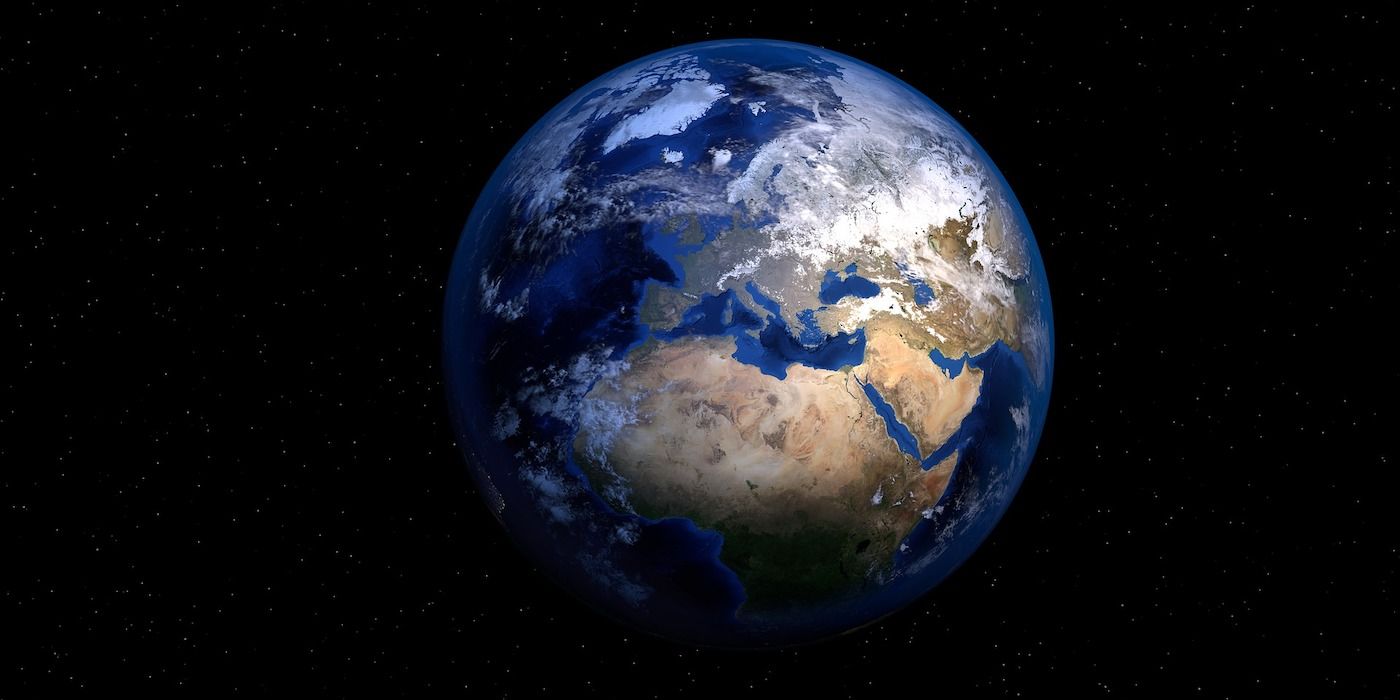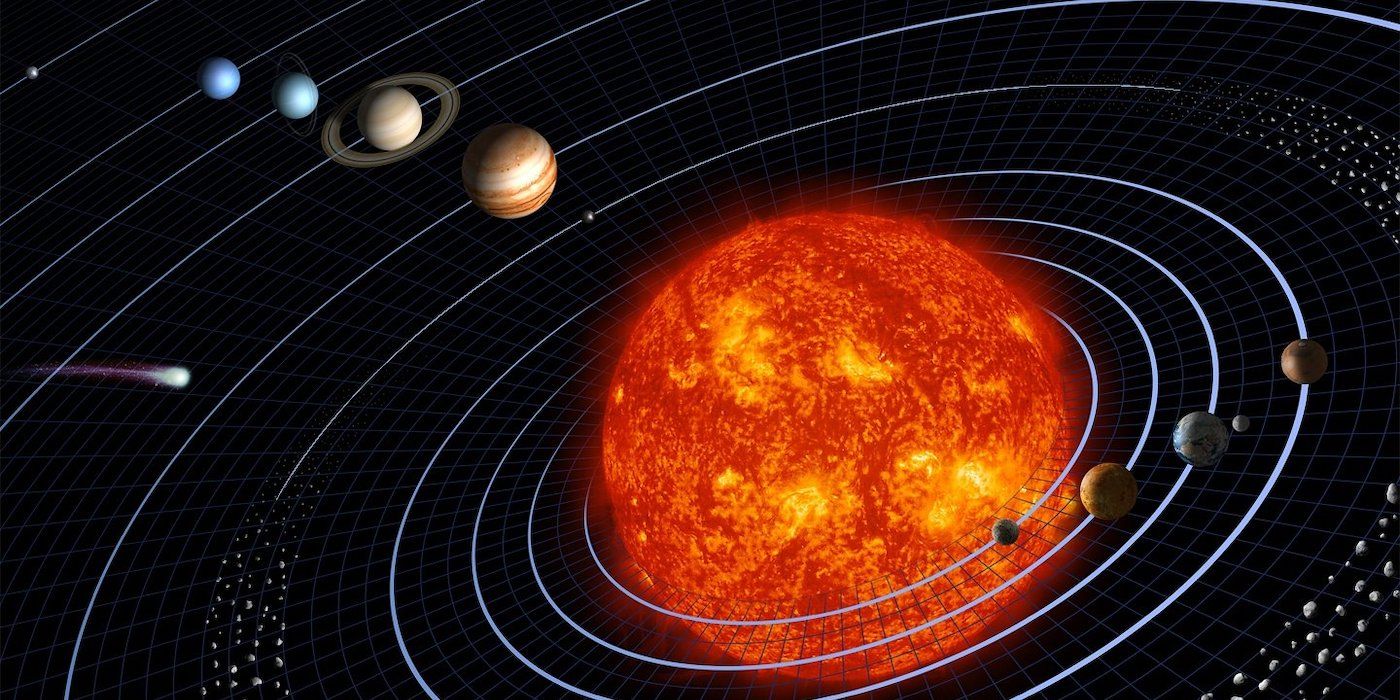The Earth was formed by cosmic material that originated in the outer regions of the solar system, a new study says. The study is challenging the standing theory that Earth was formed by material from the inner and middle solar system. 4.7 billion years ago our solar system was very different and planet formation was beginning.
Scientists agree that the Sun was formed after a nearby star exploded and turned into a supernova shocking the molecular cloud that stood where the solar system is today. The cloud began rotating at high speeds and 50 million years later concentrated the mass and energy in the center. It then heated up and triggered a fusion reactor which gave birth to the Sun. Planets were formed by the accretion of accumulating cosmic dust.
Scientists from the Tokyo Institute of Technology (via Science Daily) presented a new study that says that the material which formed the Earth comes from the distant regions of the solar system. Their telescopic observations, simulations, and models revealed that the material of the main asteroid belt, which is linked to Earth's formation, requires low temperatures to form. The study suggests the main asteroid belt therefore formed in the cold outer regions of the solar system and moved due to violent cosmic events.
Life Could Be Rarer Than Originally Believed
When the Sun was born from the spinning solar nebula it absorbed most of the material of the cloud. The rest of the material moved around the Sun migrating based on its propensity to freeze at a given temperature. This is why the inner planets like Venus, Mercury, Mars, and Earth are mostly rocky. The material they accumulated is solid at that distance from the Sun. It is the same reason why Jupiter or Saturn accumulated as gas giants.
Scientists made telescopic observations of the main-belt asteroids and found that they are dominated by water, ice, and ammoniated clays which become stable at very low temperatures. They say the asteroids must have been formed in the far-out regions away from the Sun. If that is the case, how did they get to where they are today? The team says they were transported by a “chaotic mixing cosmic”.
Scientists described their findings as “peculiar aspects” belonging to “an especially turbulent early history of the solar system”. The team says their study can be further proved with samples from an asteroid of the main belt. Lucky for them, the Hayabusa2, a spacecraft from the Japanese Space Agency (JAXA), traveled to the asteroid 162173 Ryugu in 2018. After a year of surveying and taking samples, the spacecraft returned to Earth in December 2020. These samples are now being analyzed. If the study is correct, then the process by which Earth was formed, and therefore life existing in the solar system, is more unique and rare than originally believed.


